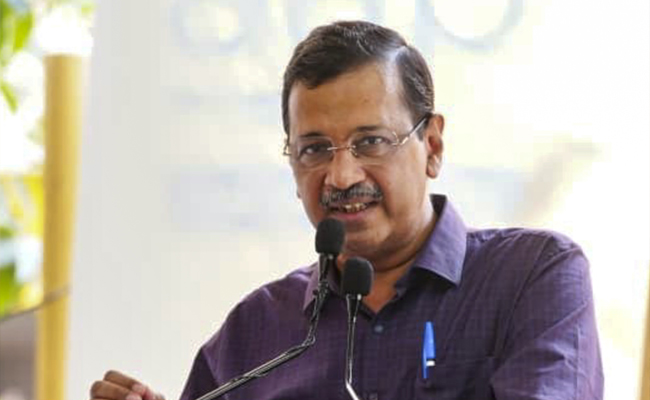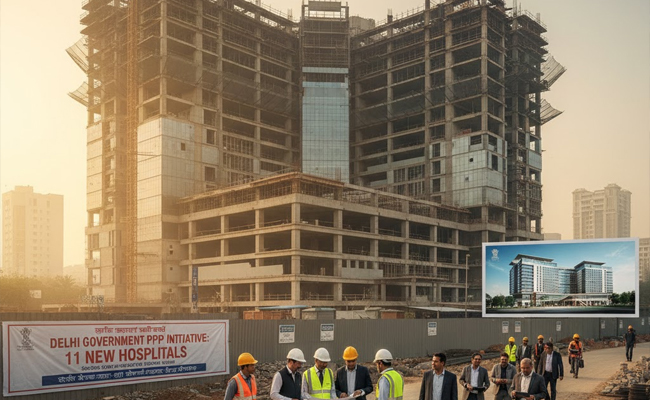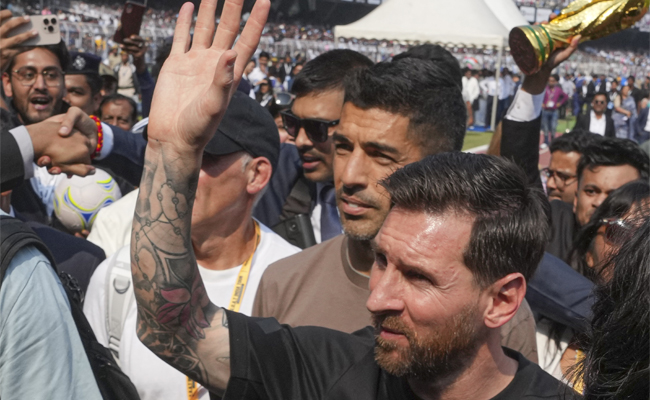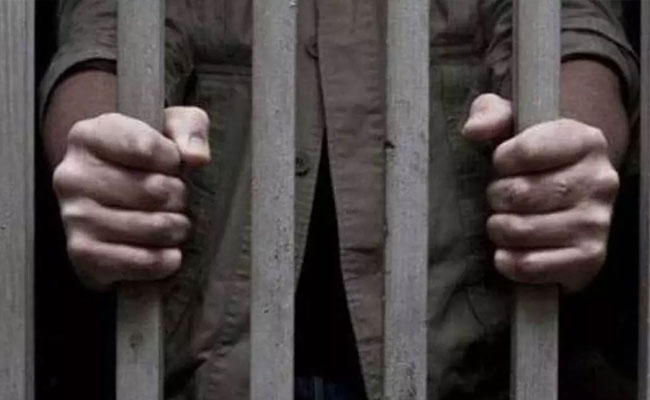New Delhi (PTI): The Delhi High Court on Tuesday closed the proceedings in a lawsuit filed by Indian Railway Personnel Service (IRPS) officer and Lok Sabha Speaker Om Birla’s daughter Anjali Birla against alleged objectionable social media posts.
Justice Jyoti Singh passed the decree in favour of Anjali Birla in the suit which was filed against X Corp (formally known as Twitter), Google, and unknown persons (John Doe).
The officer sought directions to take down social media posts which alleged that she cleared the Union Public Service Commission (UPSC) exam and became an IAS officer in her very first attempt because of her father's influence.
Her counsel had submitted that Birla had appeared for the UPSC, Civil Services Exam (CSE), and was selected in the consolidated reserve list of 2019. She joined Indian Railways as an IRPS officer.
The high court, in its July last year interim order, had directed X Corp and Google Inc to remove the alleged objectionable social media posts against Anjali Birla.
It had also restrained unknown parties from directly or indirectly posting, circulating, communicating, tweeting or retweeting the alleged defamatory content mentioned by Anjali Birla in her defamation suit.
During the hearing on Tuesday, the court was informed by the counsel for X that out of the 16 posts, 12 were removed by the originators while access to the remaining four posts was blocked by the social media platform in pursuance to the interim order.
The court directed X to remove the remaining four social media posts and added that in case Anjali Birla brings to its notice any other identical posts, they should also be removed by the social media platform.
The court had earlier opined that the social media posts the plaintiff had complained about did not appear to have been made after due verification.
“The plaintiff was appointed to IRPS in 2021. The purpose of posting the impugned social media posts in 2024 and in the language they have been posted do not appear to be bonafide,” it had noted in 2024.
Anjali Birla’s counsel had contended that the social media tweets were per se defamatory and incorrect and had been made in a reckless manner only to tarnish the reputation of the plaintiff and they cannot be allowed to continue to be in circulation.
He contended that similar allegations had surfaced against her in 2021, but on a complaint by the officer, were investigated by several media houses and later the controversy died down.
“After three years, this social media campaign has again started which not only defames her but also her family, including her father who is a political figure and holds a constitutional post.
“I became an officer in 2021 but now suddenly these things have come up again because of the NEET and UPSC exams controversy. The social media posts make it feel as if we are all part of this. My (plaintiff) private pictures are being posted online saying I am a model,” the counsel had said, adding she has also lodged a complaint with the cyber crime department.
Let the Truth be known. If you read VB and like VB, please be a VB Supporter and Help us deliver the Truth to one and all.
Panaji (PTI): As part of a crackdown against tourist establishments violating laws and safety norms in the aftermath of the Arpora fire tragedy, Goa authorities on Saturday sealed a renowned club at Vagator and revoked the fire department NOC of another club.
Cafe CO2 Goa, located on a cliff overlooking the Arabian Sea at Vagator beach in North Goa, was sealed. The move came two days after Goya Club, also in Vagator, was shut down for alleged violations of rules.
Elsewhere, campaigning for local body polls, AAP leader Arvind Kejriwal said the fire incident at Birch by Romeo Lane nightclub at Arpora, which claimed 25 lives on December 6, happened because the BJP government in the state was corrupt.
An inspection of Cafe CO2 Goa by a state government-appointed team revealed that the establishment, with a seating capacity of 250, did not possess a no-objection certificate (NOC) of the Fire and Emergency Services Department. The club, which sits atop Ozrant Cliff, also did not have structural stability, the team found.
The Fire and Emergency Services on Saturday also revoked the NOC issued to Diaz Pool Club and Bar at Anjuna as the fire extinguishers installed in the establishment were found to be inadequate, said divisional fire officer Shripad Gawas.
A notice was issued to Nitin Wadhwa, the partner of the club, he said in the order.
Campaigning at Chimbel village near Panaji in support of his party's Zilla Panchayat election candidate, Aam Aadmi Party leader Kejriwal said the nightclub fire at Arpora happened because of the "corruption of the Pramod Sawant-led state government."
"Why this fire incident happened? I read in the newspapers that the nightclub had no occupancy certificate, no building licence, no excise licence, no construction licence or trade licence. The entire club was illegal but still it was going on," he said.
"How could it go on? Couldn't Pramod Sawant or anyone else see it? I was told that hafta (bribe) was being paid," the former Delhi chief minister said.
A person can not work without bribing officials in the coastal state, Kejriwal said, alleging that officers, MLAs and even ministers are accepting bribes.




